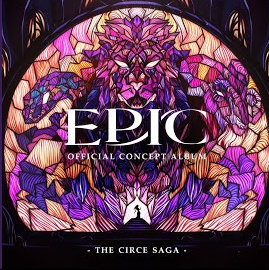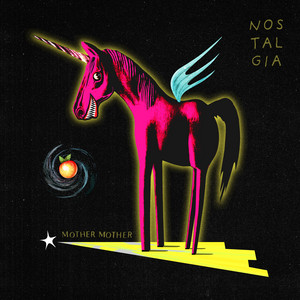
The Circe Saga is the fourth addition to the Epic: The Musical discography. It revolves around Odysseus and his crew’s time on the island of Circe, a sorceress and minor goddess.After Odysseus’ remaining crew flees from the sea god Poseidon, they land on Circe’s island and begin to search for shelter. Unfortunately for the crew, they meet Circe, who transforms them into pigs after offering hospitality.
The first song in the saga, “Puppeteer” explains the disappearance of Odysseus’ crew and introduces the sorceress.
While both Odysseus and his second-in-command, Eurylochus, are both present, Talya Sindel, who voices Circe, plays the most memorable role in the song. While the audience has yet to officially meet the sorceress, they already get a good understanding of the character, one that Odysseus lacks at this point.
This approach to a character’s introduction is brilliant and sets Circe up to be a more dangerous antagonist, as Odysseus does not know what to expect. This also allows the audience to later meet the sorceress alongside Odysseus.
The third song into the saga, “Done For,” features introductions and a fight between Circe and Odysseus.
The lyrics reveal Circe’s motive for protecting the women and nymphs who live on her island by referring to them as her daughters. It also shows Odysseus’s development, as he has learned not to expect the worst from everyone through his initially neutral tone.
“Done For” also includes several call-backs to the previous sagas.
This appears with Odysseus’s chosen fighter being a cyclops, referencing Polyphemus, a cyclops that he had previously fought. The captain’s attempt to lie to Circe is similar to when he first met the goddess Athena.
Overall, The Circe Saga introduces a great new antagonist turned reluctant ally who will help Odysseus on his journey home to Ithaca in the next part, The Underworld Saga.













